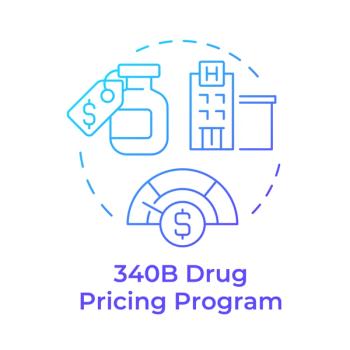
FDA strengthens warnings on long-acting opioids
In hopes of decreasing opioid abuse, addictions, and overdose deaths, FDA this week announced safety-labeling changes for all extended-release and long-acting (ER/LA) opioid analgesics used to treat pain. FDA has also added new postmarket study requirements for opioids such as morphine, oxycodone, and fentanyl.
In hopes of decreasing opioid abuse, addictions, and overdose deaths, FDA this week
“The FDA is invoking its authority to require safety-labeling changes and postmarket studies to combat the crisis of misuse, abuse, addiction, overdose, and death from these potent drugs that have harmed too many patients and devastated too many families and communities,” said FDA Commissioner Margaret A. Hamburg, MD. “Today’s action demonstrates the FDA’s resolve to reduce the serious risks of long-acting and extended-release opioids while still seeking to preserve appropriate access for those patients who rely on these medications to manage their pain.”
The updated labeling will state “that ER/LA opioids are indicated for the management of pain severe enough to require daily, around-the-clock, long-term opioid treatment and for which alternative treatment options are inadequate.”
The labeling with further clarify that “because of the risks of addiction, abuse, and misuse, even at recommended doses, and because of the greater risks of overdose and death, these drugs should be reserved for use in patients for whom alternative treatment options (eg, non-opioid analgesics or immediate-release opioids) are ineffective, not tolerated, or would be otherwise inadequate to provide sufficient management of pain; ER/LA opioid analgesics are not indicated for as-needed pain relief.”
FDA will also require drug companies that make these products to conduct further studies and clinical trials to further assess the known serious risks of misuse, abuse, increased sensitivity to pain, addiction, overdose, and death. Additionally, FDA is also requiring a new boxed warning on ER/LA opioid analgesics to caution that chronic maternal use of these products during pregnancy can result in neonatal opioid withdrawal syndrome, which may be life-threatening.
“The FDA remains committed to improving the safety of opioids and to continuing to engage in efforts to evaluate and mitigate the risks associated with opioid use,” said Douglas Throckmorton, MD, deputy director for regulatory programs in the FDA’s Center for Drug Evaluation and Research. “Today’s safety-labeling changes reflect the FDA’s current understanding of the risks and benefits of these products. The FDA will evaluate the results of the postmarket studies, continue to monitor relevant safety data, and take further safety action, as warranted.”
FDA expects the labeling to be finalized by December 2013 and the ER/LA Opioid Analgesics REMS materials to be updated in early 2014.
Newsletter
Get the latest industry news, event updates, and more from Managed healthcare Executive.


















































